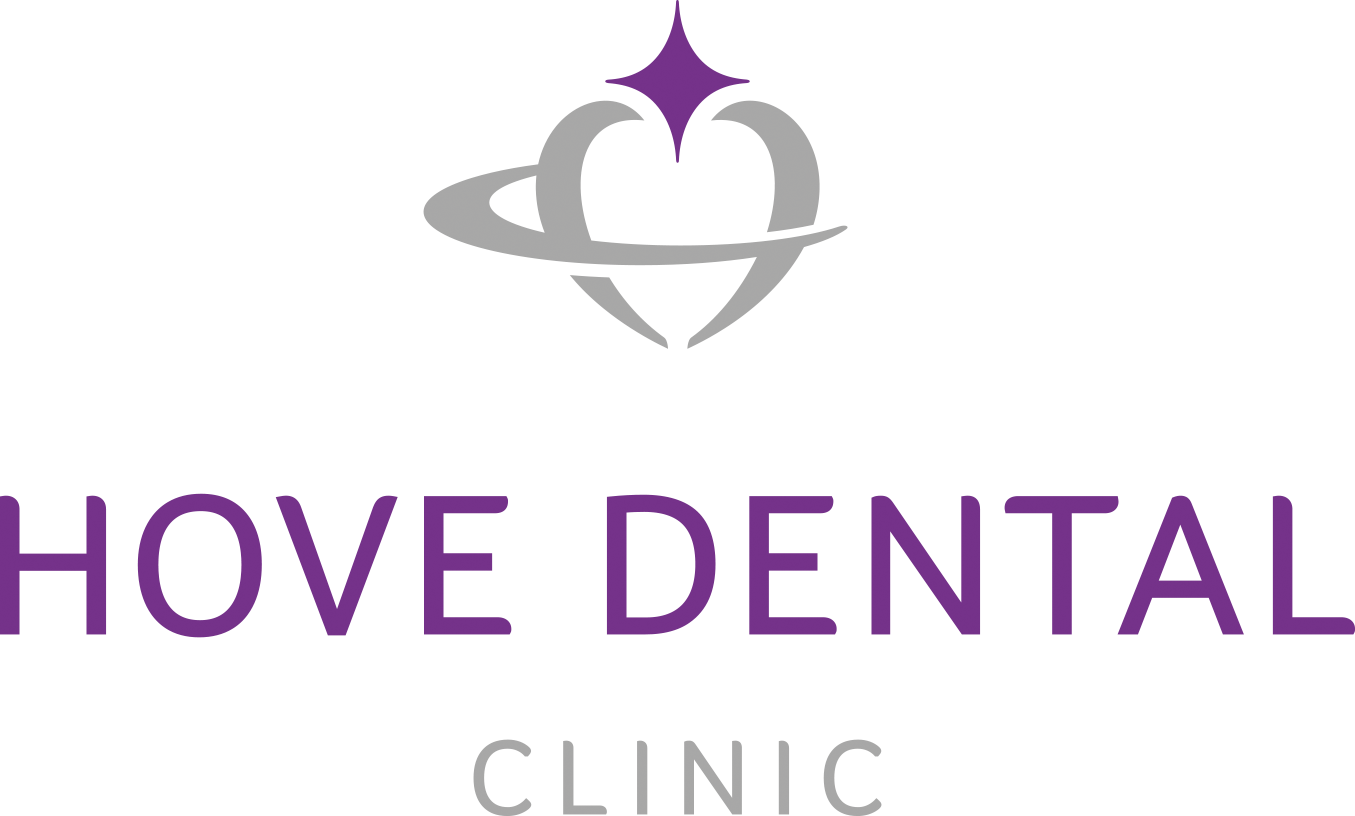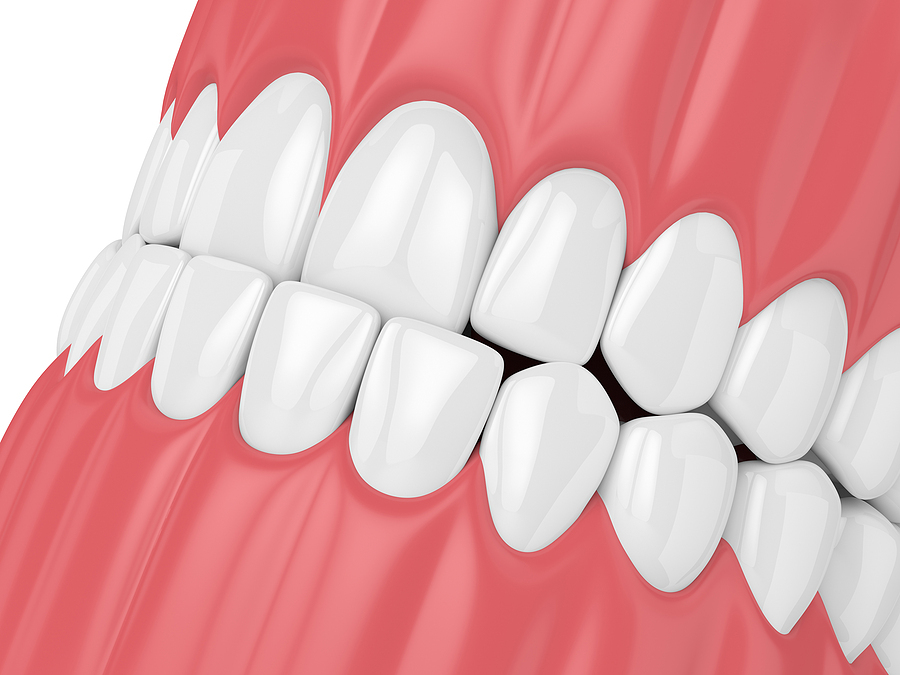A malocclusion is simply a word that dentists use to describe a bad bite – essentially meaning you have crooked teeth. The term comes from the Latin words ‘malus’ (meaning ‘bad’) and ‘occlus’ (which translates to ‘shut up’). There are several types of malocclusion, which vary in their severity. The most appropriate correction method depends on the location and how severe the problem is.
The most common symptoms of malocclusions, which can affect the upper and lower front teeth and jaw, include the following:
- Asymmetry of the teeth
- Gaps between the teeth
- Rotated teeth, where teeth twist around – either due to injury or during development
- Difficulty when chewing and swallowing or getting food stuck in the teeth
- Behaviour changes, people with malocclusion may instinctively avoid certain foods or even try to hide their smile from others
The potential for a misalignment of the teeth will usually become apparent when a person’s adult teeth begin to form. Most patients present with symptoms of malocclusion during adolescence, which is why you often see teenagers and young adults with braces – as well as other treatments that are designed for the correction of crooked teeth.We provide a range of teeth straightening solutions, with specialist treatments available for nervous patients too. We are sure you will be eager to use us for all future dental work. Please feel free to get in touch with us for an appointment at our modern, well-equipped clinic – located in the Brighton and Hove area.
Why Are Malocclusions a Problem and What Types Are There?
Crooked teeth do not just look unpleasant, they can also make essential activities such as chewing and swallowing much more difficult. Malocclusions can also be harder to care for, which can lead to teeth becoming more prone to tooth decay.
There are several classes of malocclusion, which dentists use to determine where the bad bite is located and the severity of the problem:
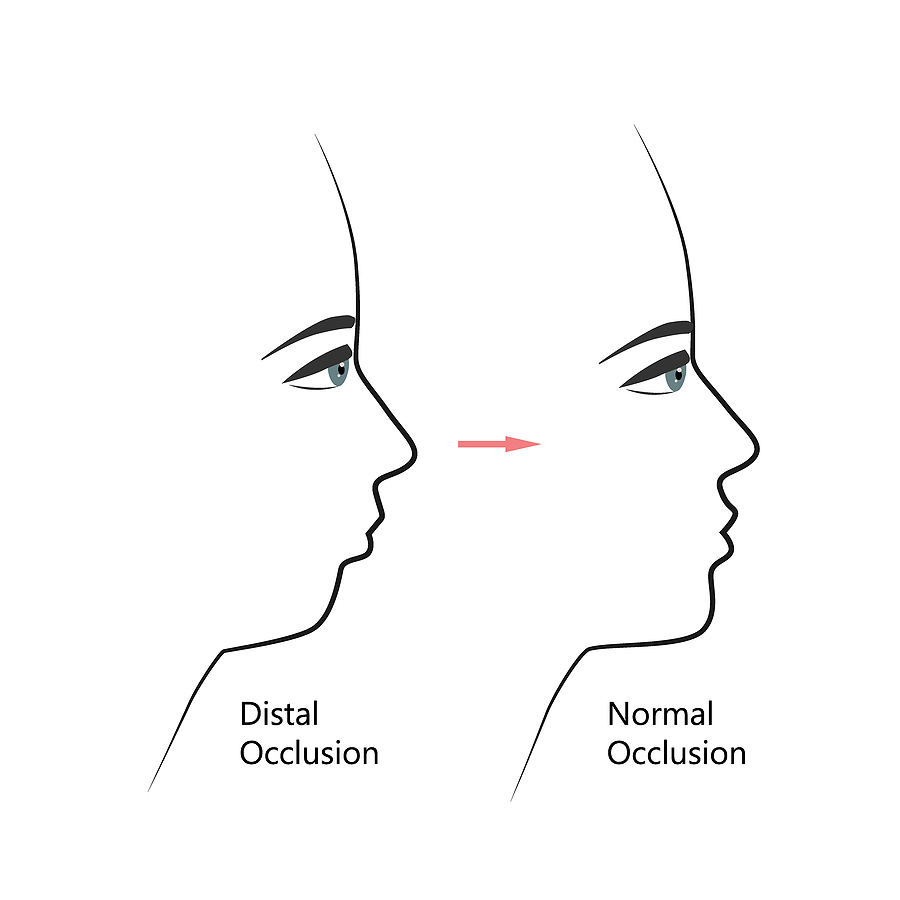
- Class 1: The most common form of malocclusion is what dentists call class 1, which is when you have a normal bite but the upper front teeth slightly overlap those in the lower half of the mouth.
- Class 2: This is a type of malocclusion where the upper jaw and teeth significantly overlap those on the bottom – commonly called an overbite. An overbite is often visible on the jaw whether the mouth is open or closed.
- Class 3: Commonly called an underbite, it is the inverse of a class 2 malocclusion – where the lower teeth and jaw overlap the upper section. Underbites cause the appearance of the lower jaw jutting outward.
In many cases, malocclusion is a small cosmetic issue. However, the psychological strain of living with severe malocclusion is enough to warrant treatment for many people. A better bite can prevent further dental issues too.
What Are the Causes of Malocclusion?
The biggest non-preventable cause of malocclusion is genetics.
Some people may have extra teeth in their mouth, which can contribute to malocclusions. Others might have impacted teeth (meaning a tooth has not come in, or ‘erupted’ in dental terminology), which can also cause or contribute to a malocclusion. Some people may also just have a misshapen tooth or teeth.
Aside from genetics, poorly fitting crowns, fillings, fixed appliances and other previous dental treatments can also lead to malocclusions. Jaw fractures and other injuries are key causes of malocclusions too, but these may be unavoidable.
Another cause of malocclusion, in both adults and children, is tongue thrusting. A tongue thrust is when the tongue pushes against the front teeth while swallowing – as opposed to positioning itself at the roof of the mouth as it should.
Exceptional dental care in the centre of Brighton & Hove
Located in the heart of Hove, we pride ourselves on our excellent level of service and our unparalleled attention to detail and exemplary staff who will ensure you get the very best dental care available. Our dental services are second to none and will leave you with a smile on your face.
How Do You Prevent Malocclusions From Developing?
If you have a family history of malocclusions then it may be worth getting more frequent checkups for your children as they approach adolescence – to catch any problems early, which should result in a more straightforward correction.
When children’s teeth are developing they go through a period of mixed dentition, meaning they have some teeth that are permanent and some still waiting to fall out. Mixed dentition can make it difficult to detect an emerging malocclusion, and the appearance of teeth in this period can also be misleading – meaning that despite the way teeth look a malocclusion may not occur at all.
In children, discouraging thumb sucking from an early age can reduce the chances of changes in the position of both the upper and lower teeth. Pacifier use can also influence the likelihood of a malocclusion developing, so weaning infants off their pacifiers as early as possible is a useful prevention method.
What Are the Correction Options for a Malocclusion?
The appropriate correction method for all classes of malocclusion will vary depending on the nature of each case. Severe cases may require numerous dental treatments to effectively correct – and the gradual adjustment of teeth will take time no matter what level of treatment you require.
We offer several teeth straightening treatments for both mild and severe malocclusions. All cases vary, but an effective orthodontic treatment plan will typically feature some or more of the following:
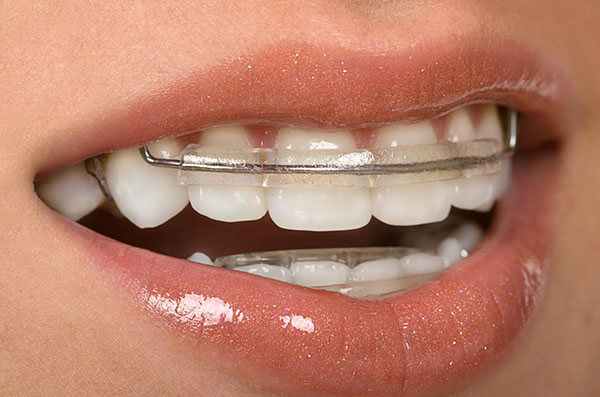
- Aligners: Small, transparent aligners (a notable product is the Invisalign brand) are very difficult to see or feel in the mouth. Aligners gently straighten teeth and are suitable for fixing more mild malocclusions.
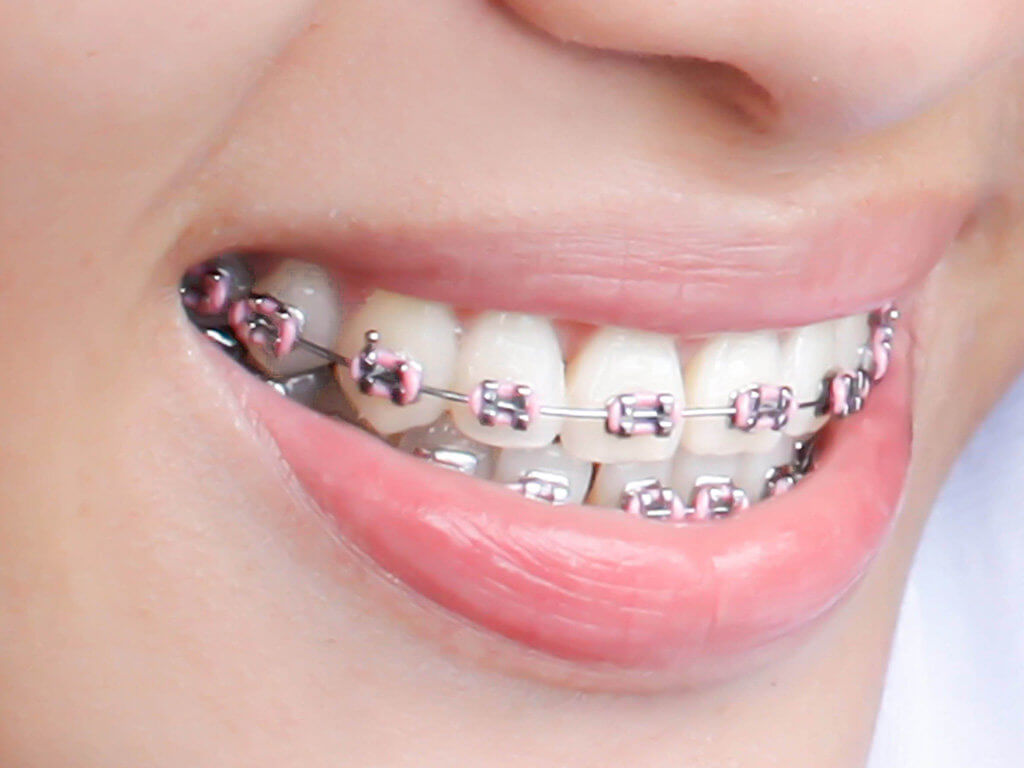
- Braces: Fixed appliances such as braces are often used for lasting teeth straightening. They are relatively simple and while inconvenient for a while they are easily put in place and are available with discreet designs.
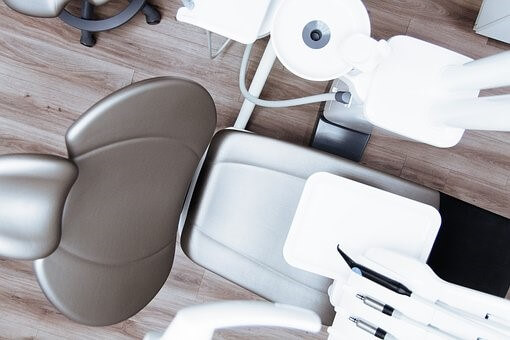
- Surgery: In the most severe cases, corrective jaw surgery (which dentists call orthognathic surgery) will be necessary to adjust the position of the mandibular arch in the jaw and force the teeth to properly bite together.
Getting a lasting result can be frustrating – as can embarking on a lengthy treatment, which is often the case for severe malocclusions. However, a quality dental treatment will involve regular updates and tweaks to make the appearance of things like braces much more subtle and comfortable over time.
We use a Trios 3 Shape Scanner, which gives us the ability to show you a preview of your orthodontic treatment results. Having a clear idea of how your treatment is going makes the process of treatment a lot more manageable, especially for young people for whom the duration can feel much longer.
What to Do About Malocclusions
If you have a bad bite it could easily worsen over time or even affect your ability to comfortably chew and swallow. As a result, treatment is essential. Treatments for malocclusions are usually fast, effective and affordable – so make sure you see a dentist if you have any symptoms to stop them from becoming more severe.
We offer a wide range of dental treatments at our Brighton-based clinic, so we are on hand if you need help in assessing or treating a malocclusion in the area – as well as any other issues. You will have a high quality and lasting outcome when you seek treatment from us, simply get in touch to book an appointment.
01273 900933
hello@hovedentalclinic.co.uk
Mon – Fri: 8:30 – 18:00
Sat: By appointment only
Sun: Closed
